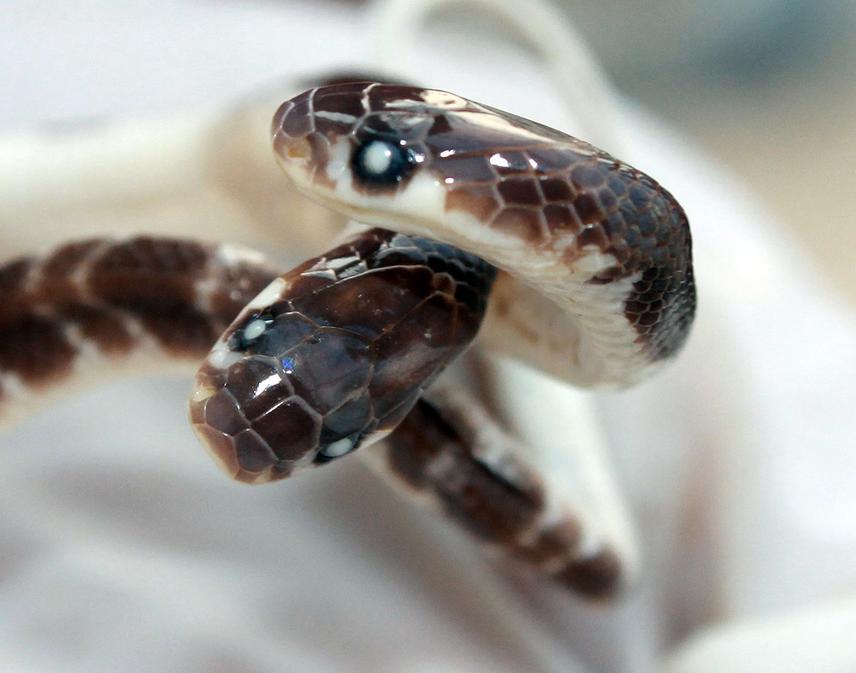Article featuring the project on Save the Snakes.
Kamal Devkota
Other projects
9 Nov 2020
Education in Motion: Strategies to Engage Communities in Snake Conservation When Science isn't Enough
The field of herpetology has always received less priority in Nepal. This project aims to address the information and awareness gap about snake conservation. The main aim of this project is to save snakes and nature through community participation using scientifically reliable and very effective research methods/techniques that are widely used by most of the researchers and conservationists to protect and conserve wildlife fauna. To achieve the main aim, one district level workshop, 25 snake conservation awareness camps, four workshops in communities and four radio programs will be conducted; and one snake rescue centre and four snake information centres will be established. Snake conservation related educational materials will be distributed. We will distribute snake tongs and also organize training to handle it. The overall aim of this project is to strengthen the capacity of the local people so that they can empower other people too.

Closeup view of the heads of a dicephalic Common Krait (Bungarus caeruleus) from Kawasoti, Nepal. © Kamal Devkota.
From our previous studies, we learnt that indiscriminate killing of snakes due to negative attitude and poor knowledge (superstition, misconceptions and traditional belief) of people towards snakes out of fear and animosity appeared to the major threat to the survival of numerous snake species found in Rupandehi. Very limited information is available on the ecology, behaviour, distribution and conservation of the snake species in Nepal. There is information gap and inadequate conservation awareness among local people. Most of the studies of snakes in Nepal are concentrated to analyze the annual snakebite incidences, morbidity, mortality and case fatality rate; mainly in the Terai region (WHO 1987; Joshi et al. 2003; Joshi 2010; Sharma et al. 2003, Sharma et al. 2004, Pandey 2006 and 2007; Pandey et al. 2010, Panta 2006, Thapa and Pandey 2009; Magar et al. 2013). Many of these data could not represent the studies of snakes in communities because most of these data are recorded based on the hospitals. To save snakes and nature, it is very important to know the people’s perception towards snakes and their conservation which is poor among people in Rupandehi. Therefore, a long term conservation strategy is urgently needed and awareness of people is an essential key matter to make the conservation programs successful. This project aims to address the information and awareness gap about snake conservation.
This project will be the first biggest educational initiatives on snake conservation which will have direct beneficial impact on up to 90 snake species in the country. To achieve the aims, district level snake conservation workshop, snake conservation awareness camps in schools/colleges, workshops in communities and radio programs will be conducted. Snake rescue centre and snake information centres will be established in the district. We will distribute snake tongs and training to handle it. We will produce and distribute snake conservation related educational materials.
The recent project will create conducive working environment among local people to save snakes and to save nature through community participation. Different local bodies such as farmers, academicians, policymakers, officials from government line agencies, CBOs members, media etc. will be involved directly and indirectly throughout the project using multitude of communication, education and public awareness tools and will benefit from these initiatives which may help to spread the knowledge on advantages of conservation of snakes to biodiversity which can play an important role in nature conservation.